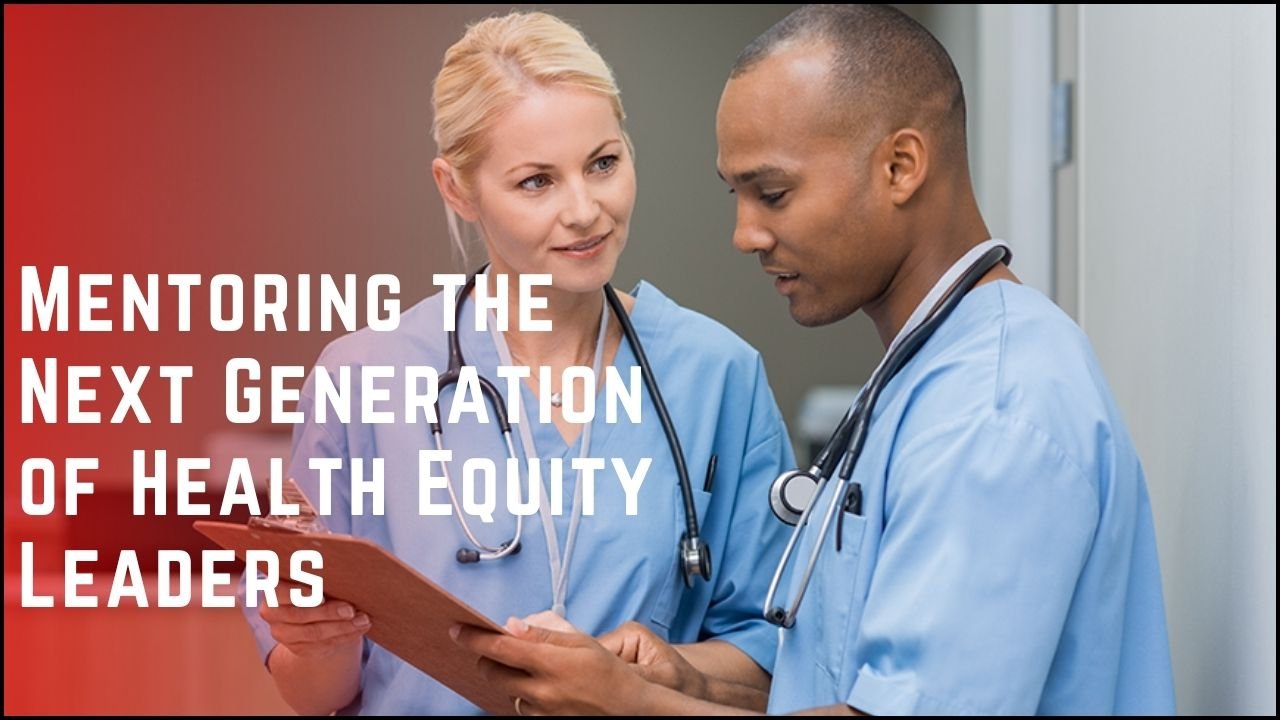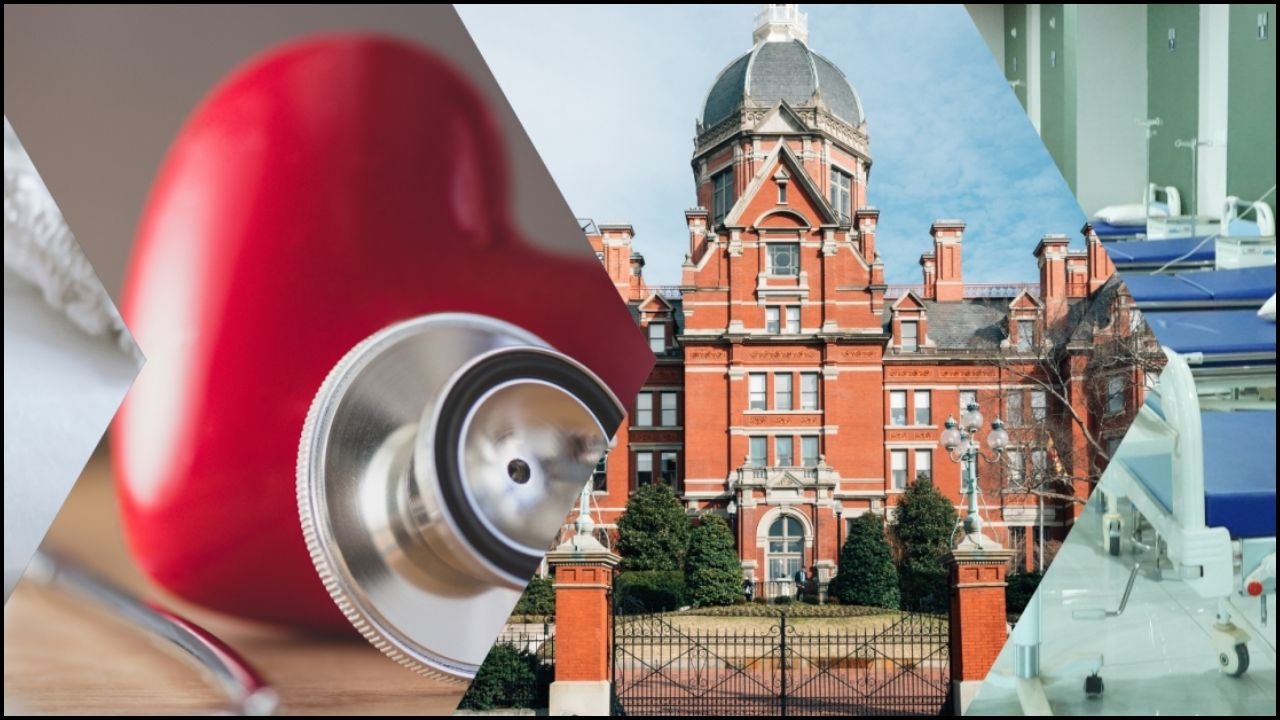
Applied learning opportunities help students turn classroom knowledge into real-world experience. These experiences are designed to match career goals and develop professional skills that employers value. At our school, applied learning is not optional—it is an essential part of every student’s journey. With practicum and field placements built into the curriculum, students graduate with more than just a degree; they graduate with practical, job-ready experience.
Table of Contents
Key Features of Applied Learning
- Focus on Real-World Applications
Students use classroom knowledge in actual professional environments. - Career-Aligned Activities
Every practicum and field placement matches the student’s area of interest and career goals. - Growth of Practical Skills
Opportunities help students develop communication, problem-solving, teamwork, and leadership skills. - Compliance with Accreditation
Practicum experiences are a required part of professional programs like MPH, MSPH, DrPH, and MHA. - Preparation for the Workforce
Students leave with the ability to speak confidently about their experience and skills in job interviews.
Types of Applied Learning Opportunities
Practicums and Field Placements
- Provide hands-on training in public health settings
- Require students to solve real problems faced by organizations
- Involve supervised learning from experienced professionals
- Help students apply public health theories and methods
Community Engagement Projects
- Offer service-learning experiences with direct community impact
- Build a deeper understanding of health equity and population needs
- Strengthen relationships between the school and local communities
Research-Based Field Experience
- Pair students with faculty on public health research
- Let students take part in data collection, analysis, and reporting
- Prepare students for academic and research careers
Student Benefits from Applied Learning
Table 1: Skills Gained Through Applied Learning
| Skill | Description |
|---|---|
| Critical Thinking | Students analyze public health issues and recommend evidence-based solutions |
| Problem Solving | Students handle real-world challenges and develop practical responses |
| Communication | Written and verbal skills improve through public engagement and reporting |
| Team Collaboration | Students work with peers, faculty, and professionals on projects |
| Leadership Development | Students learn to take initiative and lead tasks in real environments |
How Applied Learning Supports Career Goals
Tailored Opportunities
- Each placement is chosen based on the student’s focus, such as epidemiology, health policy, or health promotion.
- Students are encouraged to explore workplaces similar to those they want to join after graduation.
Professional Networking
- Students build connections with mentors, public health experts, and organizations.
- These relationships often lead to job offers, references, or long-term career guidance.
Resume and Interview Strength
- Practical experience gives students real examples to discuss with future employers.
- Students often receive letters of recommendation from field supervisors.
Integration in Professional Programs
Table 2: Practicum Requirements by Program
| Program | Practicum Required | Purpose |
|---|---|---|
| MPH | Yes | Gain public health experience in practice-based settings |
| MSPH | Yes | Develop technical research and data analysis skills |
| DrPH | Yes | Apply leadership skills to solve complex public health issues |
| MHA | Yes | Learn healthcare administration through operational settings |
Support Provided to Students
Field Placement Assistance
- Faculty and career advisors help students find placements that match their goals.
- The school maintains partnerships with health departments, NGOs, hospitals, and research institutions.
Supervised Mentorship
- Each student is guided by a field supervisor who monitors progress.
- Feedback and reflection are part of the learning process.
Preparation Workshops
- Workshops cover resume writing, interview skills, and professional conduct.
- Students are taught how to set goals for their placement experience.
Examples of Applied Learning Activities
Public Health Department Practicum
- A student might work on disease tracking during an outbreak investigation.
- They may present findings to health officials and recommend actions.
Hospital Administration Placement
- A student helps analyze hospital performance and recommends process improvements.
- They gain insights into health system operations and management.
Non-Profit Health Education Project
- A student creates awareness materials for chronic disease prevention.
- They interact with the public and learn about health literacy.
Global Health Internship
- A student joins a research project on maternal health in a low-income country.
- They contribute to data collection and help evaluate intervention outcomes.
Long-Term Impact of Applied Learning
Table 3: Career Outcomes After Practicum Completion
| Outcome | Explanation |
|---|---|
| Higher Employment Rates | Students with practicum experience find jobs faster in their fields |
| Greater Job Satisfaction | Experience builds belief in their abilities to handle workplace challenges |
| Increased Confidence | Experience builds belief in their own abilities to handle workplace challenges |
| Better Job Performance | Early exposure to real work prepares students to contribute from day one |
Feedback from Students and Employers
- Students report gaining confidence, clarity in their career path, and valuable mentorship.
- Employers report that practicum students bring fresh ideas, enthusiasm, and strong academic grounding.
In Summary
Applied learning transforms academic programs into professional training journeys. Through carefully designed practicums and field placements, students step into real-world public health roles, test their skills, and grow into capable professionals. By the time they graduate, they are not only educated but experienced, ready to contribute meaningfully to the health and well-being of communities worldwide.





